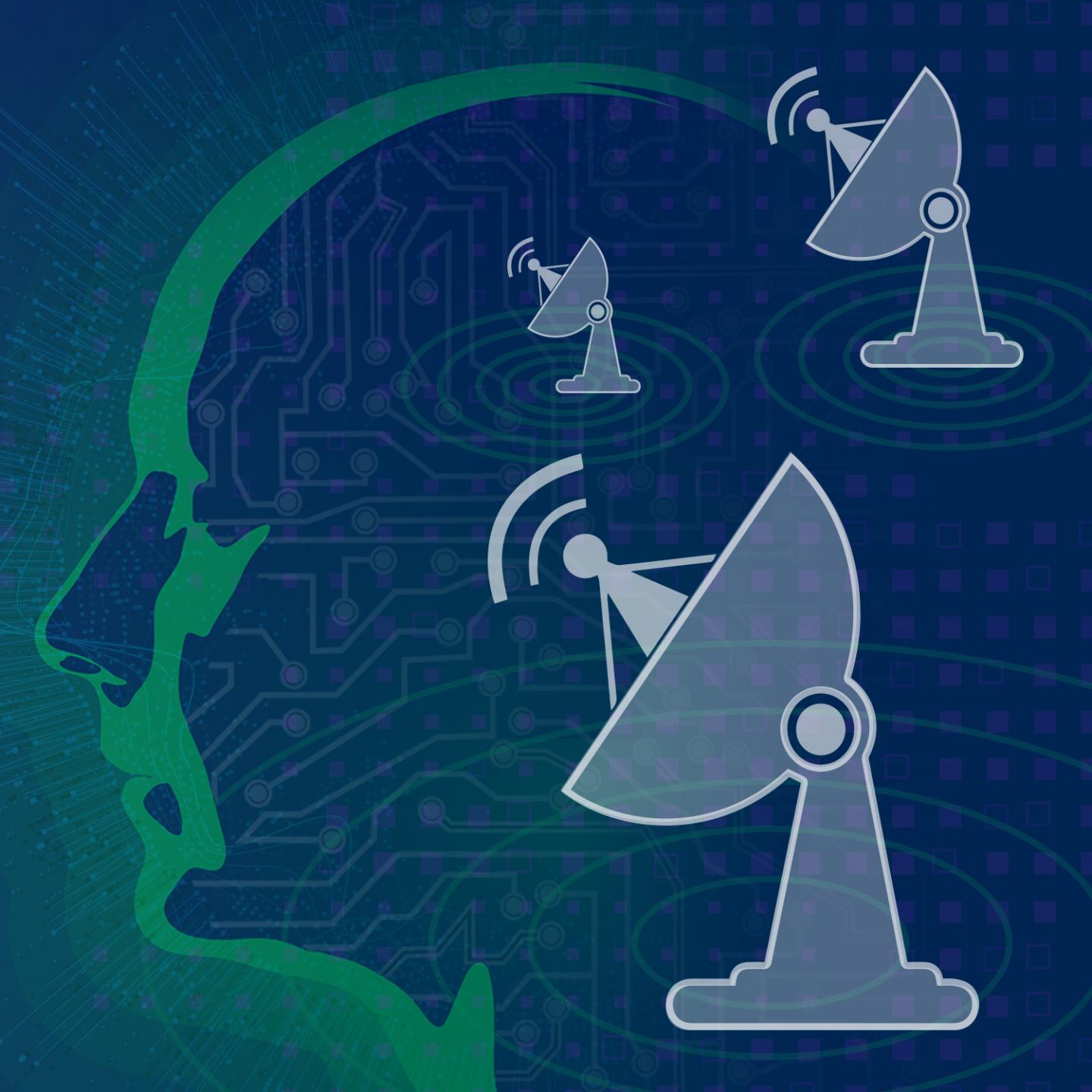
Credit: N. Hanacek/NIST
When vacationers buy a stake in a beachfront timeshare, they decide in advance who gets to use the property when. The National Institute of Standards and Technology (NIST) is helping the Federal Communications Commission (FCC) institute a similar plan for when commercial wireless providers and the U.S. Navy attempt to share a desirable 150-megahertz (MHz)-wide section of the radio frequency (RF) spectrum for communications.
In a new paper, NIST researchers demonstrate that deep learning algorithms–a form of artificial intelligence–are significantly better than a commonly used, less sophisticated method for detecting when offshore radars are operating. Improved radar detection would enable commercial users to know when they must yield the so-called 3.5 Gigahertz (3.5 GHz) Band.
In 2015, the FCC adopted rules for the Citizens Broadband Radio Service (CBRS) to permit commercial LTE (long-term evolution) wireless equipment vendors and service providers to use the 3.5 GHz Band when not needed for radar operations.
Companies such as AT&T, Google, Nokia, Qualcomm, Sony and Verizon have been eager to access this band (between 3550 and 3700 MHz) because it will expand product markets and give end users better coverage and higher data rate speeds in a variety of environments where service is traditionally weak.
NIST helped develop 10 standard specifications that enable service providers and other potential users to operate in the 3.5 GHz Band under FCC regulations while assuring the Navy that the band can be successfully shared without RF interference. These standard specifications, including the algorithm for protecting military incumbent users, were approved in February 2018 by the Wireless Innovation Forum Spectrum Sharing Committee (WINNF SSC), the public-private standards body for the CBRS. However, there are presently no official standards for determining when the military is using the band. The new study, reported in the journal IEEE Transactions on Cognitive Communications and Networking, represents the latest NIST research effort toward achieving that goal.
In current practice, radar signals from ships at sea are identified using automated detectors that look for energy rises in the electromagnetic spectrum. “However,” said Michael Souryal, lead for the NIST spectrum sharing support project, “these energy detectors are not discriminating enough to consistently get it right, sometimes confusing other RF signals as radar or missing the radar signatures altogether.”
Souryal and his colleagues turned to artificial intelligence (AI) for a potential solution. Eight deep learning algorithms–software systems that learn from pre-existing data–were trained to recognize offshore radar signals from a collection of nearly 15,000 60-second-long spectrograms (visual representations of the radar signals over time). These spectrograms were recorded in 2016 near naval bases in San Diego, California, and Virginia Beach, Virginia, for the National Advanced Spectrum and Communications Test Network (NASCTN).
After training, the deep learning algorithms were pitted against energy detectors to see which performed best at identifying and classifying a set of spectrograms different from the ones used to educate the AI detectors.
“We found that three of the deep learning algorithms appreciably outperformed the energy detectors,” Souryal said.
The best deep learning algorithm and the spectrogram collection were used to develop 3.5 GHz Band “occupancy statistics,” datasets that describe when the band is available and for how long.
Now that the NIST researchers have validated the use of the deep learning algorithms, they plan to continue refining the AI detectors by training them with higher-resolution, more-detailed radar data, which they believe should lead to even better performance.
###
Paper: W.M. Lees, A. Wunderlich, P. Jeavons, P.D. Hale and M.R. Souryal. Deep learning classification of 3.5 GHz band spectrograms with applications to spectrum sharing. IEEE Transactions on Cognitive Communications and Networking, Early access publication on February 15, 2019. DOI: 10.1109/TCCN.2019.2899871
Technical Note: W. M. Lees, A. Wunderlich, P. Jeavons, P. D. Hale, and M. R. Souryal. Spectrum occupancy and ambient power distributions for the 3.5 GHz band estimated from observations at Point Loma and Fort Story. Technical Note 2016, National Institute of Standards and Technology. Published September 2018. DOI: 10.6028/NIST.TN.2016
Media Contact
Ben P. Stein
[email protected]
301-975-2763
Original Source
https:/
Related Journal Article
http://dx.



